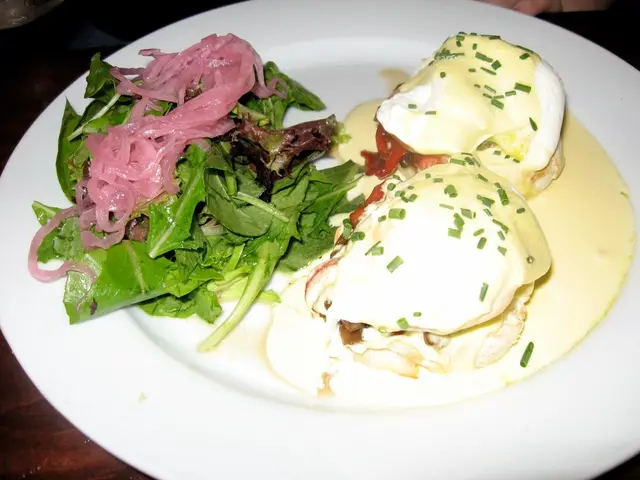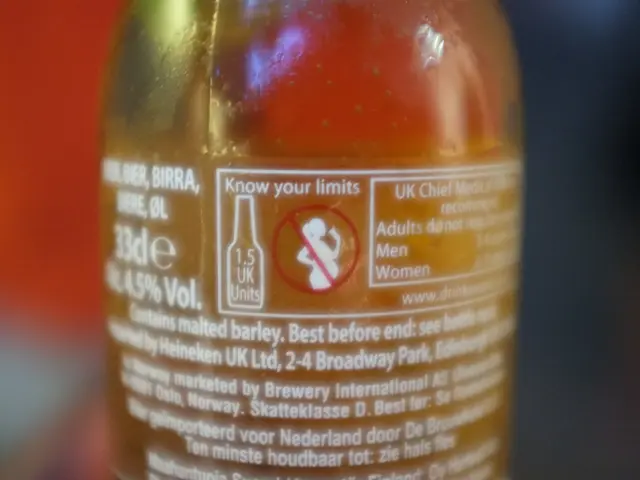Science Reveals: Enhancing Food's Taste Through Color
In the world of hospitality, the impact of color psychology on guest perceptions and experiences is substantial. By thoughtfully selecting color schemes, restaurateurs can evoke desired emotions, stimulate appetites, and influence guest behavior, thereby enhancing their dining experiences.
The moment people step into a restaurant, their brains subconsciously process the color palette, shaping their initial impressions, expectations, and even their physiological responses. This rapid, subconscious reaction occurs in the visual cortex and is transmitted to areas of the brain involved in emotion and decision-making.
According to research, as much as 85% of purchasing decisions are driven by color alone. Therefore, if a restaurant's décor is based on personal taste or fleeting trends, it may be time to reconsider. In the hospitality industry, color is not merely decorative—it is a powerful persuasion tool.
When colors align with diners' visual expectations, they create a harmonious and engaging atmosphere. For instance, a seafood concept with ocean-inspired blues and neutrals feels fresh and authentic. Conversely, off-tone colors can subtly create friction, even if patrons cannot articulate it. The correct color scheme can either delight, disrupt, or confuse guests, and their bottom line will reflect the difference.
To assess whether your color scheme is enhancing or hindering your restaurant's success, consider these three simple evaluations:
- Color Check: A well-designed color palette should stimulate appetites rather than suppress them. Warmer tones like red, orange, and terracotta foster hunger, while cooler tones like blue and purple have an opposite effect, potentially muting the appeal of food. Yellow can attract attention, but too much can induce anxiety. Neutrals provide a safe zone for food presentation.
- Contrast Test: High contrast between plates and food contributes to visual clarity, ultimately improving taste perception. Low contrast may result in a bland or indistinct presentation, leading to decreased appetite.
- Lighting Audit: Proper lighting can flatter both food and diners. Warm lighting is favored for its ability to accentuate skin tones and food, while cooler lighting may make food appear unappetizing. Aim for lighting that flatters both the meal and the selfie for increased social media shares.
Ultimately, color psychology is a potent weapon in the arsenal of restaurateurs seeking to create memorable experiences for their guests. A well-designed color scheme can enhance customer satisfaction, extend dwell time, and boost sales, solidifying customer loyalty in a competitive market.
For more insights on how color can transform the dining experience, visit this resource. Dr. Melissa Hughes, a renowned speaker, author, and Human Potential Alchemist, offers thematic talks and extensive research in neuroscience, behavioral science, and psychology to help restaurateurs maximize the impact of science on guest experiences.
In the realm of hospitality, understanding the role of color psychology in influencing health-and-wellness-focused lifestyle choices can be pivotal. By incorporating colors that resonate with the nutritional values of food-and-drink offerings, restaurateurs can evoke specific feelings and emotional connections, thereby enhancing the guest experience.
For instance, knowing that green signifies health and tranquility, restaurants catering to health-conscious diners can opt for a green color scheme in their décor, creating a calming atmosphere that harmonizes with the pursuit of wellness.
Finally, considering the profound impact of color on science-backed food choices, it is essential for restaurateurs to educate themselves about the psychological impact of color in the dining environment. With this knowledge, they can fine-tune their color strategies to maximize the overall guest experience, promoting mindful lifestyle choices and fostering customer loyalty.








